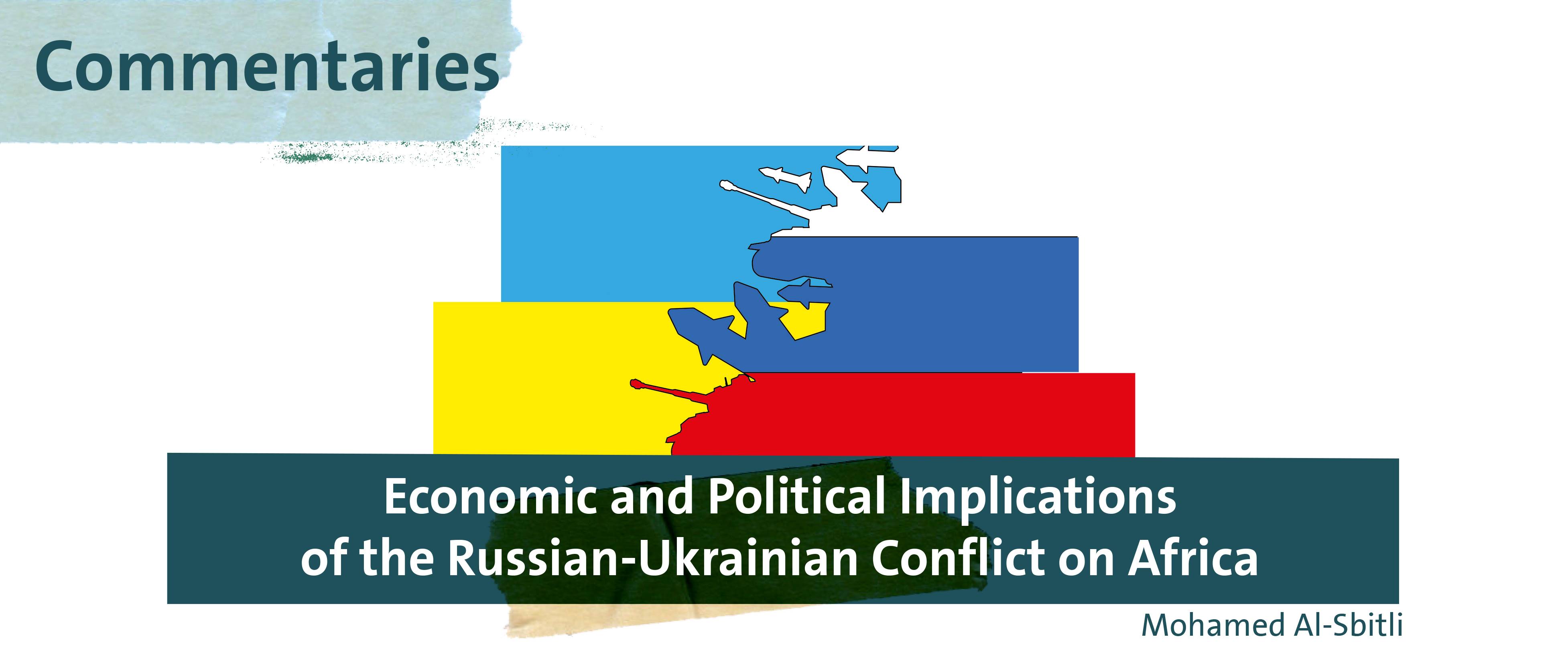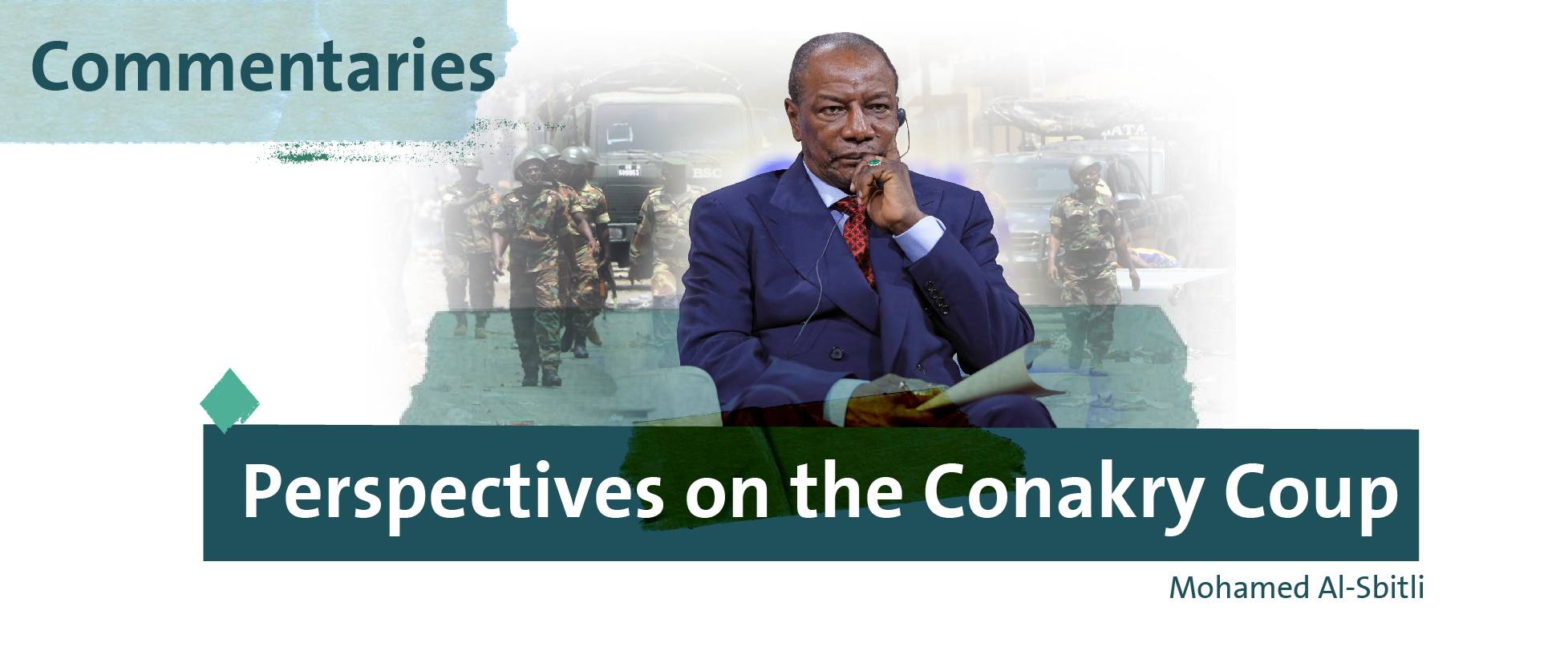Commentaries
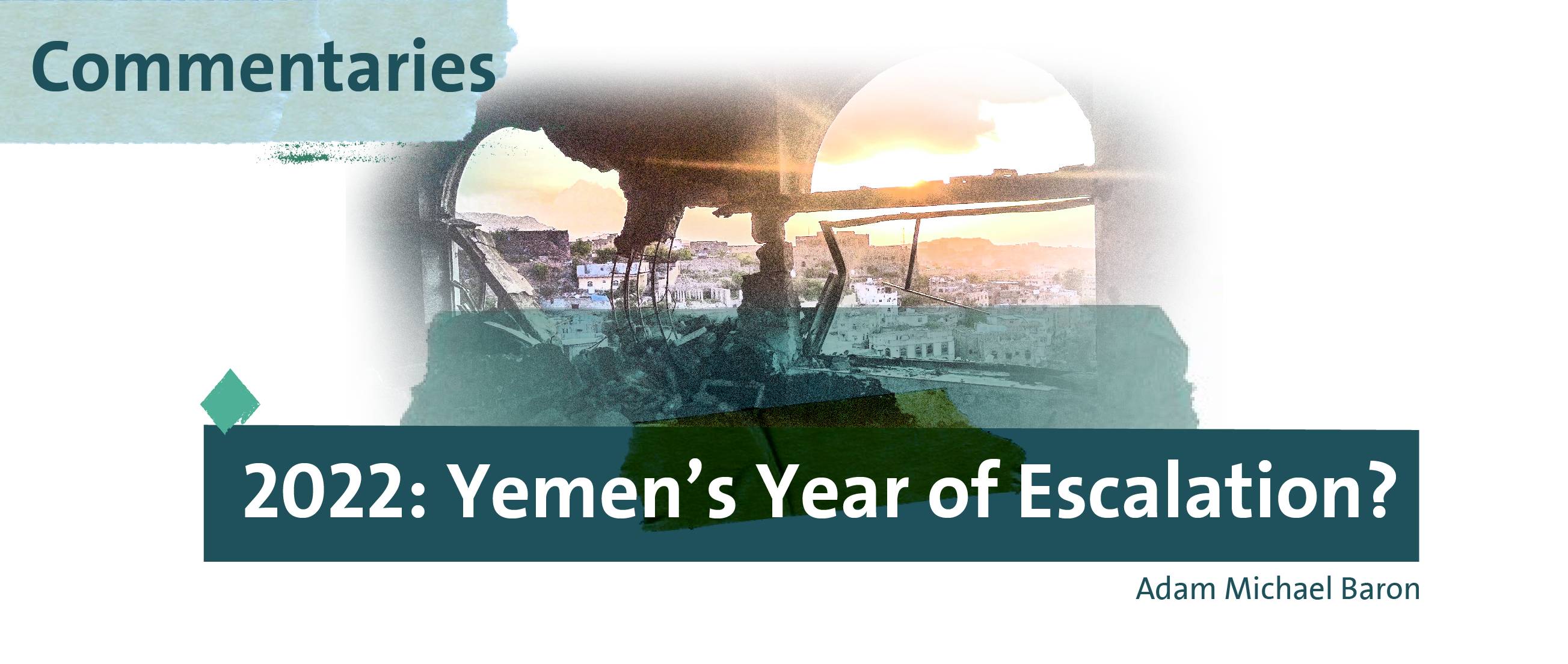
Number:
Author: Adam Michael Baron
The situation in Yemen is arguably as confusing as ever, but what does seem clear is that the year has started with a series of conflagrations. Military escalation on the ground has seen the most significant and sudden battlefield shifts in quite some time. Simultaneously, cross-border attacks have seen the Houthi movement, or Ansar Allah—a predominately Zaidi Shia revivalist movement that has upset the region’s geopolitical balance— launch missile strikes that directly hit Abu Dhabi in the United Arab Emirates (UAE). Characterizations of a frozen conflict have been turned on their head—all the while underlining the seemingly intractable nature of the con

Number:
Author: Zaki Shaikh
This article begins by analyzing the factors contributing to the recent unrest in Kazakhstan and how Russian commentators have leveraged media debates to call for the deployment of peacekeeping troops to the Central Asian country. Next, it explores the possible motivations driving Kazakh and Russian leaders’ cooperation in the deployment, along with the longer-term implications for their two countries. Finally, the article discusses the lessons that can be drawn from the recent events in Kazakhstan and what they might mean for Central Asia writ large.
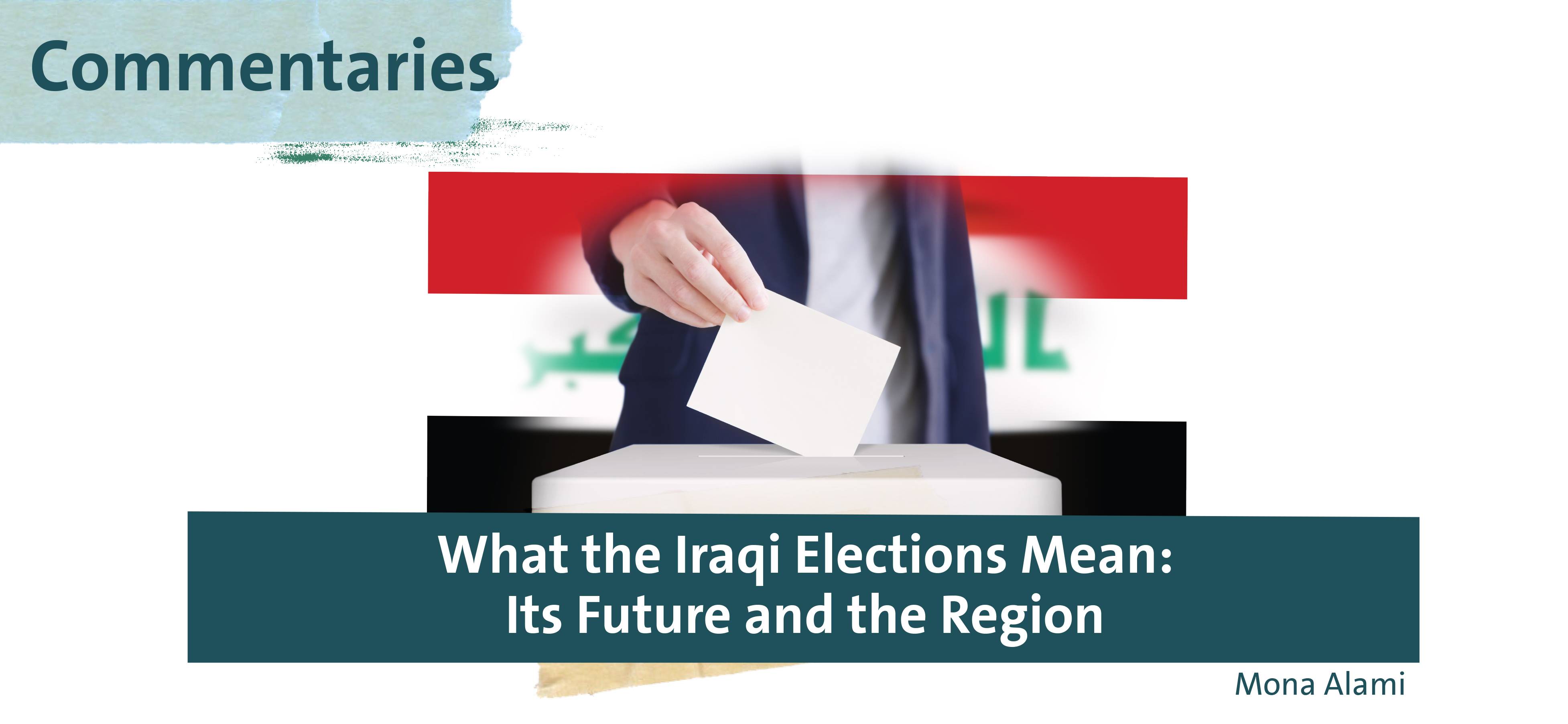
Number:
Author: Mona Alami
The results of the 2021 Iraqi elections were, at first glance, somewhat surprising. The Sadrist movement secured a sweeping victory while the pro-Iran wing within the Iraqi Popular Mobilization Units (PMU), which ran under the banner of the Fatah Alliance, lost over 70 percent of the seats they held in the previous parliament. The elections came on the heels of mass protests by citizens hailing from Shiite areas, previously a stronghold for supporters of Iran. The demonstrators denounced corruption, social injustice, and Iranian influence. Iranian consulates were subject to arson attacks, while pro-Iranian militias brutally cracked down on protesters (with over 600 killed) and k
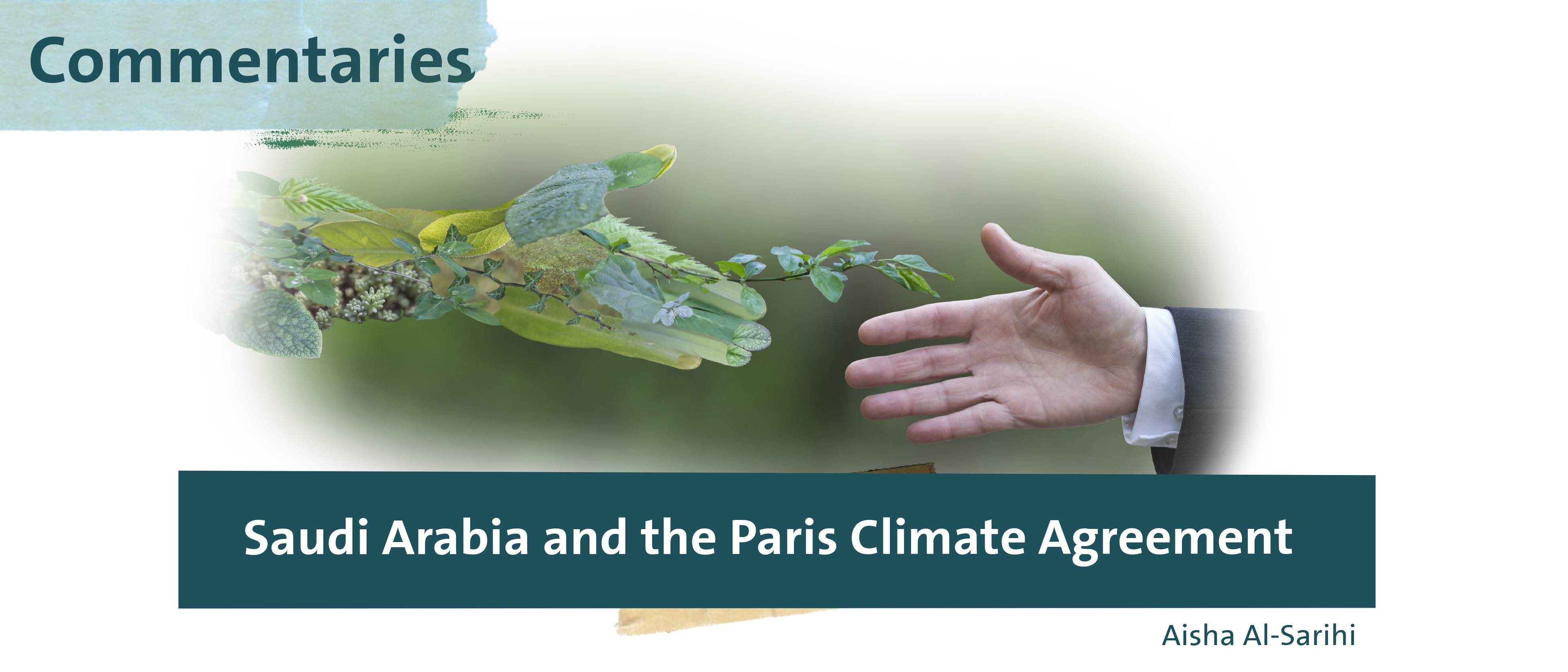
Number:
Author: Aisha Al-Sarihi
Saudi Arabia joined the United Nations Framework Convention on Climate Change (UNFCCC) in 1994 and, in 2016, ratified the Paris Climate Agreement, which was adopted in 2015. For a country that has not significantly contributed to the historic accumulation of greenhouse gas (GHG) emissions but at the same time has an economy underpinned by the windfall profits from hydrocarbon exports, Saudi Arabia has adopted a cautious position toward climate action. Specifically, Saudi Arabia’s cautious approach toward global climate change mitigation measures has allowed time for the Kingdom to strategically identify its own climate mitigation measures that take into considerat

Number:
Author: David R. Stroup
Since 2018, a campaign to “Sinicize” so-called “Arabic Style” mosques has been carried out in ethnic Hui minority communities in China. These mosques, built in the wake of China’s Cultural Revolution (1966-1976) feature overtly Islamic architectural features: onion domes, tall minarets, spires topped by crescent moons. Building mosques in this style gained popularity over the last 40 years, and many Hui felt the buildings symbolized the re-emergence of Islam after years of suppression. Further, for numerous Hui communities, building in the “Arab Style” allowed congregants to feel a renewed connection to their Islamic heritage. In Siniciz
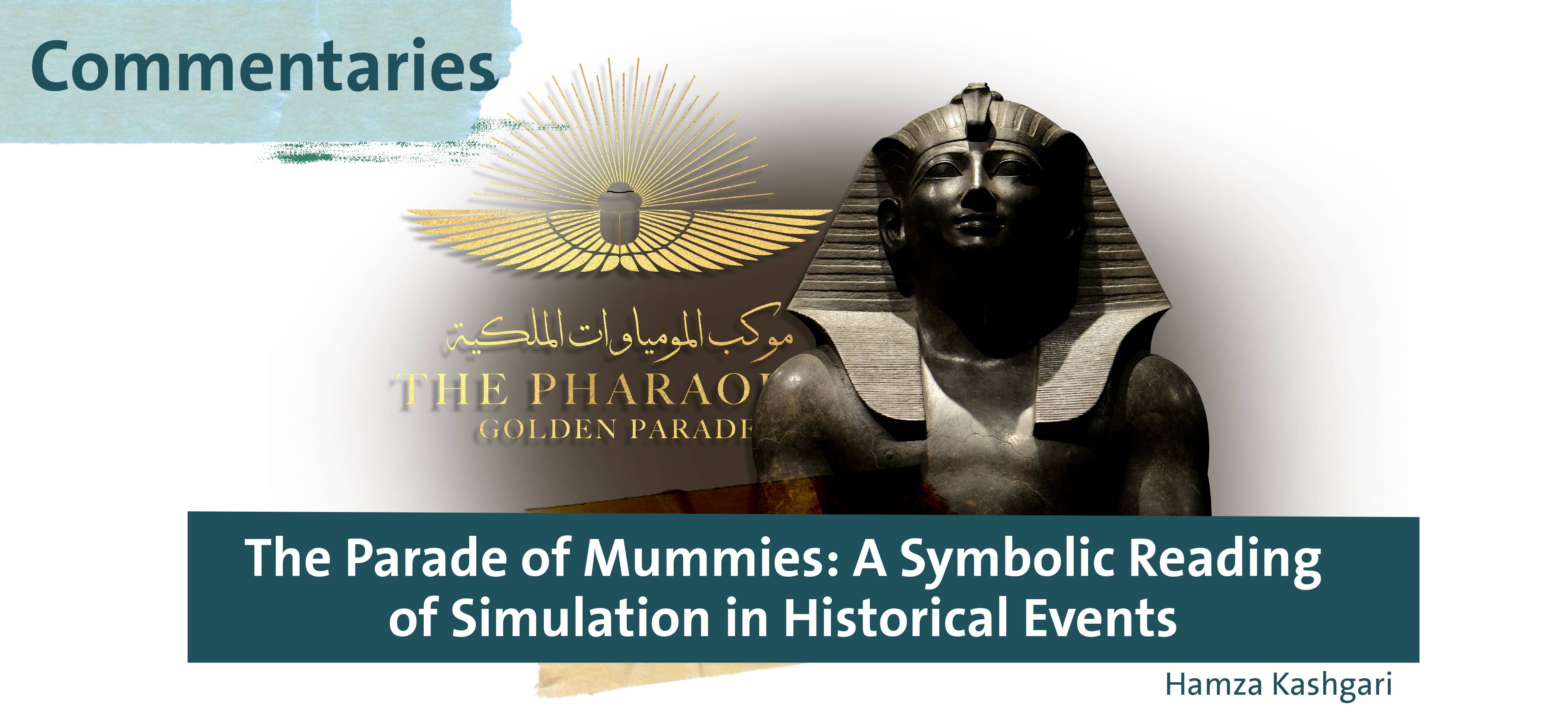
Number:
Author: Hamza Kashgari
On April 3, 2021, twenty-two royal mummies were transferred from the Egyptian National Museum in central Cairo to the National Museum of Egyptian Civilization in eastern Cairo. According to an official of the Egyptian Ministry of Tourism and Antiquities, an attempt to emulate the past “just as it was in the age of the pharaohs” was made in order to capture the significance of the event. To accomplish this aim, an emblem of religious signification was designed, as were a number of other symbols, both ancient and religious or mythological. The symbols contained references to actual archaeological artifacts, without which the simulation would be empty. Religious rituals
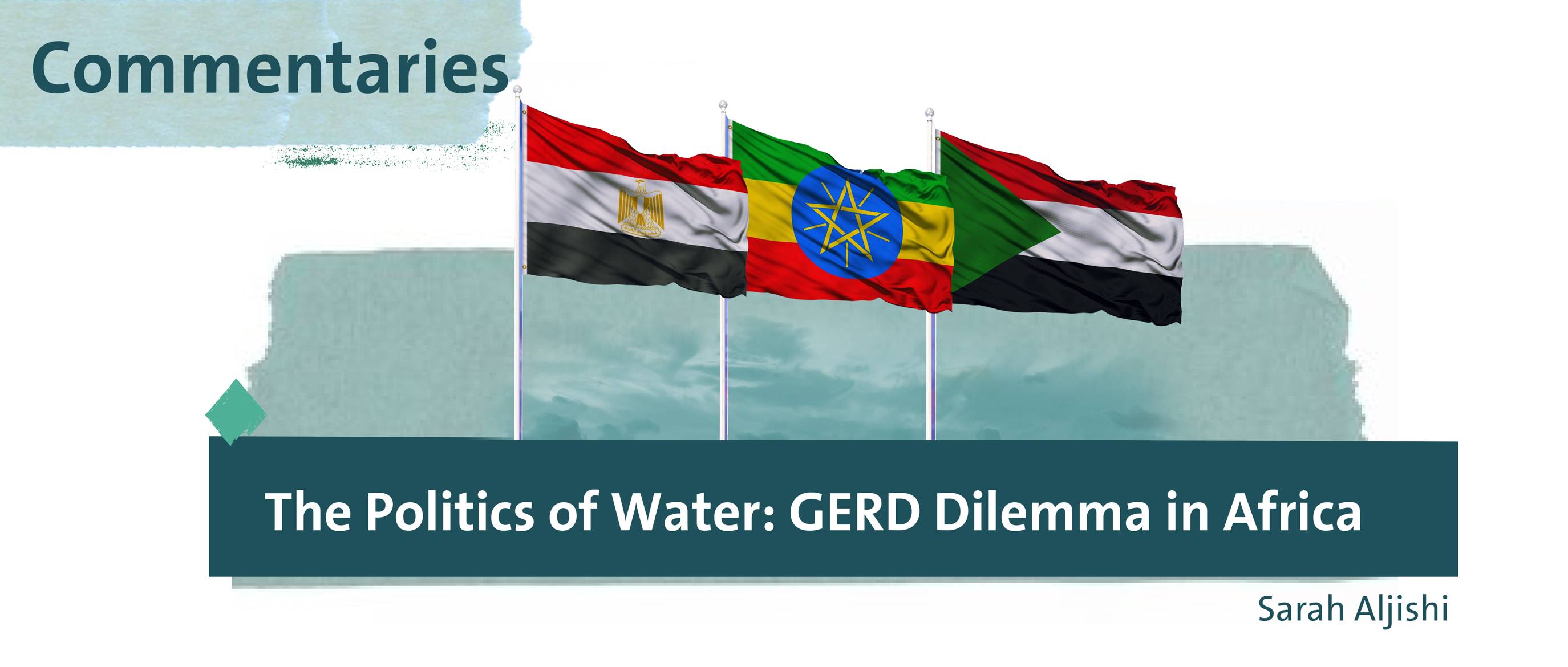
Number:
Author: Sarah Aljishi
The Grand Ethiopian Renaissance Dam (GERD) on the Nile river, the world’s longest river, is part of Prime Minister Abiy Ahmed’s vision to transform Ethiopia into a major regional player, and to a unite what is now a divided Ethiopia. However, negotiations between Egypt, Sudan, and Ethiopia, the three states sharing the river, on how to operate and allocate this water supply has come to a deadlock. In 2011, Ethiopia officially announced the construction of the GERD, and these three states have been in negotiations ever since. The African Union (AU) led by South Africa has been involved as mediator in these negotiations to ease tensions between the nations, and make su

